April 23, 2019
A Comparison of Colorimetric and Chemiluminescence ELISAs
Are you curious about chemiluminescence ELISAs, but not exactly sure what they are, or how to use them? Our video A Comparison of Colorimetric and Chemiluminescence ELISAs discusses how similar these two types of assays are, and how they can enhance your lab testing.
Watch our video to:
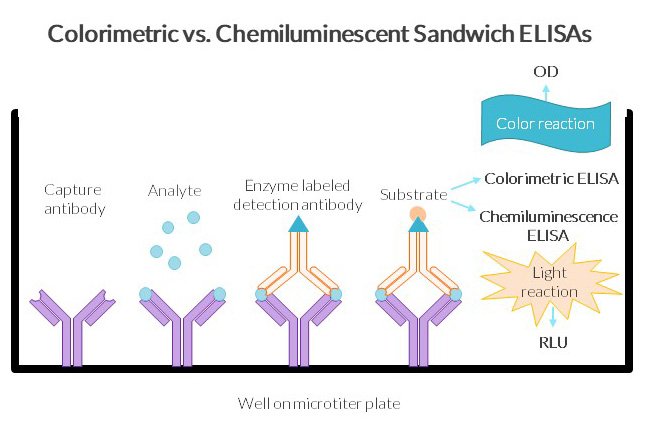 Figure 1: An overview of the principle of colorimetric versus chemiluminescent sandwich ELISAs.[/caption]
Figure 1: An overview of the principle of colorimetric versus chemiluminescent sandwich ELISAs.[/caption]
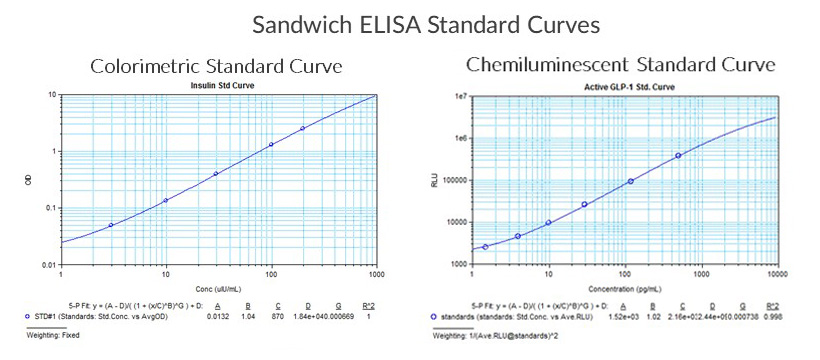 Figure 2: Examples of standard curves generated from the ALPCO Human Insulin Colorimetric ELISA and the STELLUX® Chemi Active GLP-1 (7-36) amide ELISA.[/caption]
Figure 2: Examples of standard curves generated from the ALPCO Human Insulin Colorimetric ELISA and the STELLUX® Chemi Active GLP-1 (7-36) amide ELISA.[/caption]
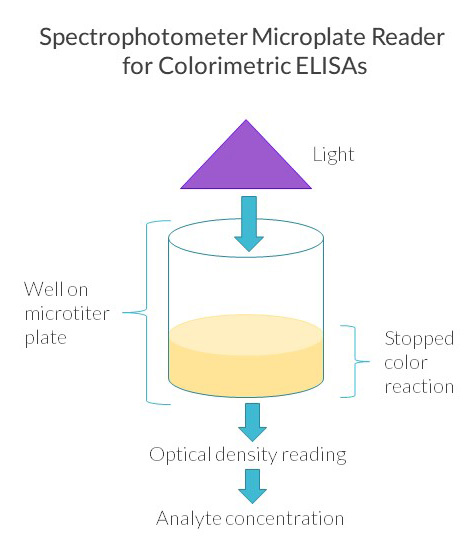 Figure 3: Spectrophotometers are used to read colorimetric plates to obtain optical densities for each well that are converted to biomarker concentrations.[/caption]
Figure 3: Spectrophotometers are used to read colorimetric plates to obtain optical densities for each well that are converted to biomarker concentrations.[/caption]
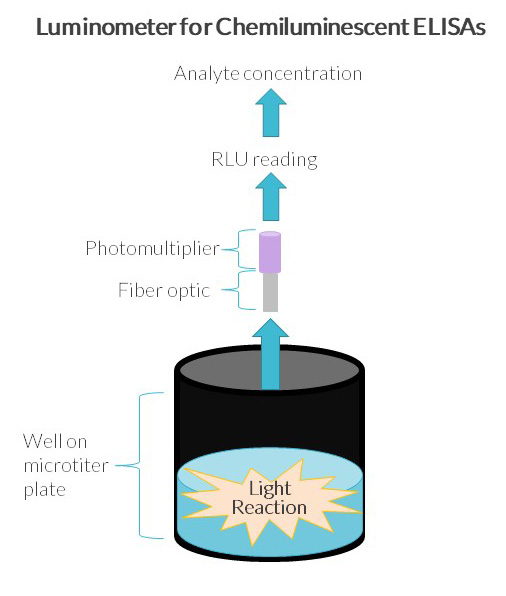 Figure 4: Luminometers are used to read chemiluminescence plates to obtain relative light units that are converted to biomarker concentrations.[/caption]
Figure 4: Luminometers are used to read chemiluminescence plates to obtain relative light units that are converted to biomarker concentrations.[/caption]
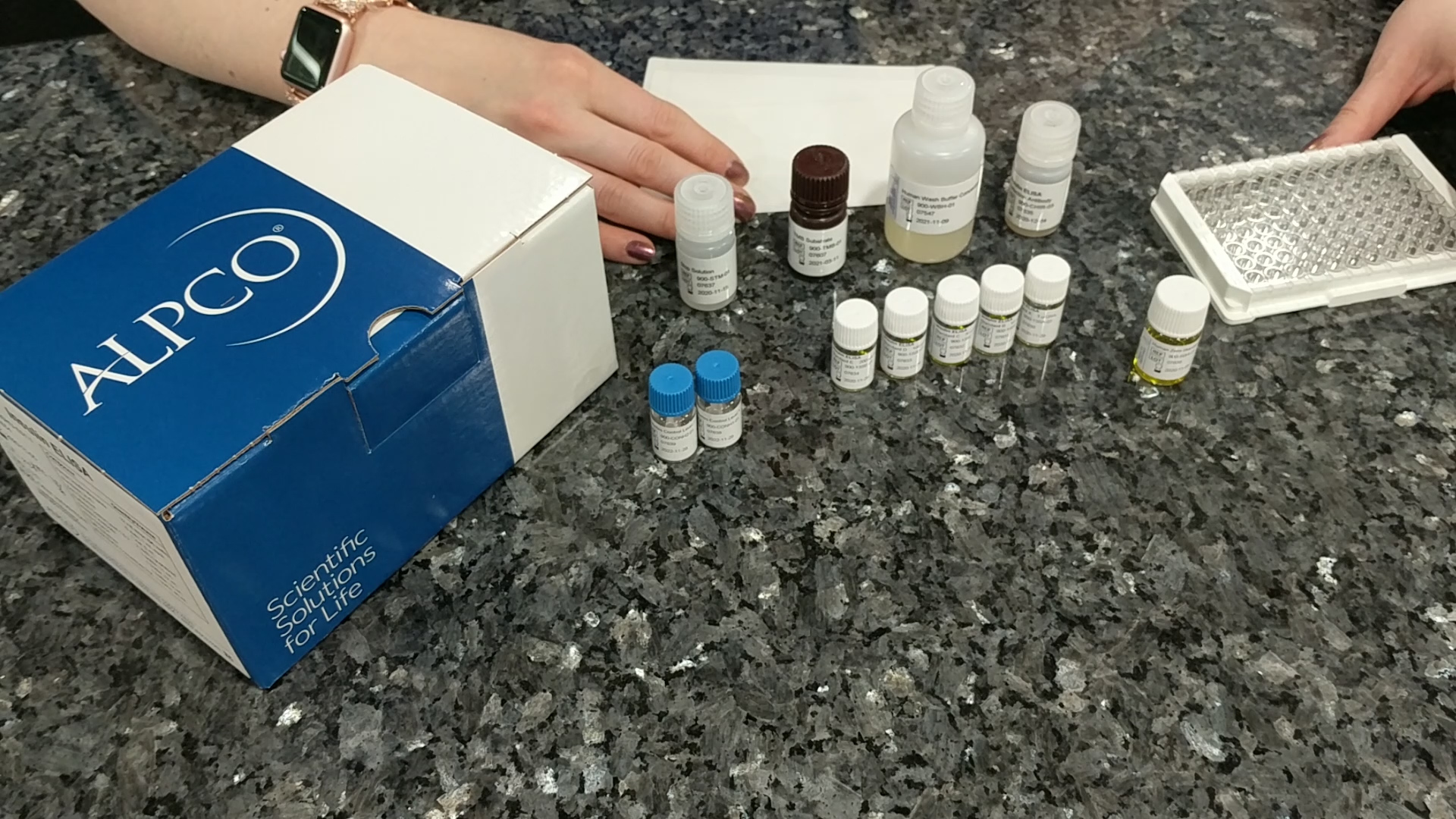 Figure 5: Components of the Human Insulin ELISA kit.[/caption]
Figure 5: Components of the Human Insulin ELISA kit.[/caption]
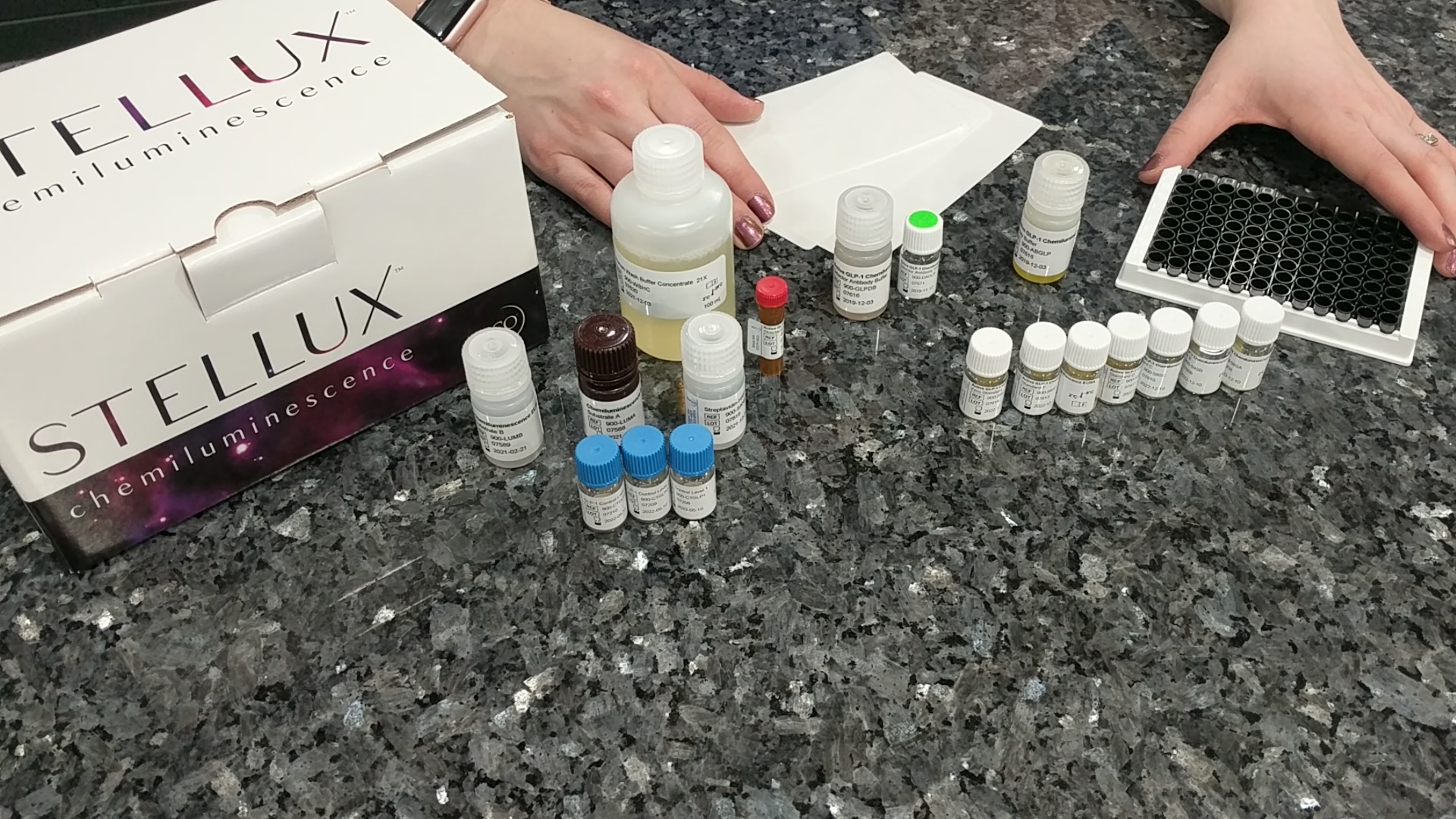 Figure 6: Components of the STELLUX® Chemi Active GLP-1 (7-36) amide ELISA kit.[/caption]
Figure 6: Components of the STELLUX® Chemi Active GLP-1 (7-36) amide ELISA kit.[/caption]
- Learn how chemiluminescence and colorimetric ELISAs measure biomarkers
- Explore different types of plate readers used to run each assay
- Compare the components of each assay
A Comparison of Colorimetric and Chemiluminescence ELISAs
https://youtu.be/Q5br1qLUpX4Video Transcript
Hello, I’m Christi Caillouette from ALPCO! Today, I’ll be walking you through a comparison of colorimetric and chemiluminescent enzyme linked immunosorbent assays, also called ELISAs.Principle of Sandwich ELISAs
While there are many types of assays, the ELISAs I will be referring to today are sandwich assays. Sandwich ELISAs have an antibody coated on the plate which specifically binds to the desired analyte. Following a washing step, a detection antibody and enzyme label are added which bind to the analyte. A substrate is added to generate a reaction in the wells. Depending on the type of assay, either color or light is produced. This reaction can be measured by a plate reader. The degree of color change or light emitted indicates the amount of analyte in the sample. [caption id="attachment_5323" align="alignnone" width="524"] Figure 1: An overview of the principle of colorimetric versus chemiluminescent sandwich ELISAs.[/caption]
Figure 1: An overview of the principle of colorimetric versus chemiluminescent sandwich ELISAs.[/caption]
Measuring Unknown Concentrations of Biomarkers
Both colorimetric and chemiluminescent assays use known standards to generate a standard curve to measure the unknown concentration of an analyte in samples. Depending on the kit, this is accomplished by using software programs with 4 or 5 parameter logistic curve fit algorithms. Both types of kits give the user measurements of the analyte in a very similar way. [caption id="attachment_5325" align="alignnone" width="781"] Figure 2: Examples of standard curves generated from the ALPCO Human Insulin Colorimetric ELISA and the STELLUX® Chemi Active GLP-1 (7-36) amide ELISA.[/caption]
Figure 2: Examples of standard curves generated from the ALPCO Human Insulin Colorimetric ELISA and the STELLUX® Chemi Active GLP-1 (7-36) amide ELISA.[/caption]
Output of Colorimetric ELISAs
Colorimetric ELISAs require a standard microplate reader to detect the color change reaction between the enzyme label and substrate. The reader sends a wavelength, typically 450 nm, through each well to determine the optical density, or “OD” reading of the samples. Depending on the plate reader, the OD readings provided are between 0 and 4 to the thousandth decimal point. The OD readings are limited by the capacity of the spectrophotometer. [caption id="attachment_5326" align="alignnone" width="362"] Figure 3: Spectrophotometers are used to read colorimetric plates to obtain optical densities for each well that are converted to biomarker concentrations.[/caption]
Figure 3: Spectrophotometers are used to read colorimetric plates to obtain optical densities for each well that are converted to biomarker concentrations.[/caption]
Output of Chemiluminescence ELISAs
Chemiluminescence ELISAs require a microplate reader capable of measuring luminescence to detect the light reaction between the enzyme label and substrate. The light given off by the reaction in the wells is transmitted by a fiber optic cable to a photomultiplier in the reader which outputs relative light units or “RLUs”. Depending on the plate reader, RLUs can range from hundreds to millions. This spread of units affords users better analytical sensitivity and a broader dynamic range by giving more separation between points and reduces the limitations of optical density readings from a standard microplate reader. [caption id="attachment_5324" align="alignnone" width="362"] Figure 4: Luminometers are used to read chemiluminescence plates to obtain relative light units that are converted to biomarker concentrations.[/caption]
Figure 4: Luminometers are used to read chemiluminescence plates to obtain relative light units that are converted to biomarker concentrations.[/caption]
Colorimetric vs. Chemiluminescence ELISAs
Now I’m going to show you what generally comes in our colorimetric and chemiluminescent ELISA kit boxes and how these kits are only slightly different. I’ll be showing you ALPCO’s colorimetric Human Insulin ELISA and our STELLUX Chemi Active GLP-1 (7-36) amide ELISA.Colorimetric Human Inuslin ELISA Components
First, we’ll start with ALPCO’s colorimetric Human Insulin ELISA. In this colorimetric assay, you’ll receive:- 96 well microplate- the plate is clear to allow for OD measurements of the color in the plate
- Zero standard
- Standards, A through E – each vial has known values of insulin to establish the standard curve
- Controls - containing known values of insulin for quality control.
- Enzyme labeled detection antibody
- Wash buffer concentrate
- TMB substrate - which, during incubation, changes wells blue.
- Stop solution - which is added to stop the color change reaction in the wells, turning the wells yellow.
- And plate sealers
 Figure 5: Components of the Human Insulin ELISA kit.[/caption]
Figure 5: Components of the Human Insulin ELISA kit.[/caption]
STELLUX® Chemiluminescence Active GLP-1 (7-36) amide ELISA Components
Next, we have ALPCO’s STELLUX® Chemi Active GLP-1 (7-36) amide ELISA. In this chemiluminescent assay, you’ll receive:- Active GLP-1 96 well microplate - Notice how the chemi plate is black instead of clear. A black plate reduces background light interference when the plate is read.
- Standards
- Control levels
- Assay buffer
- Detector antibody
- Detector Antibody Buffer
- Wash buffer concentrate
- Streptavidin-HRP – which works as the enzyme label.
- Streptavidin-HRP buffer - which is used to dilute the streptavidin-hrp to working strength.
- Chemiluminescent Substrate A
- Chemiluminescent Substrate B - which are combined to make working strength Chemiluminescent Substrate which interacts with the enzyme label to generate the chemiluminescent reaction in each well.
- Plate sealers
 Figure 6: Components of the STELLUX® Chemi Active GLP-1 (7-36) amide ELISA kit.[/caption]
Figure 6: Components of the STELLUX® Chemi Active GLP-1 (7-36) amide ELISA kit.[/caption]

